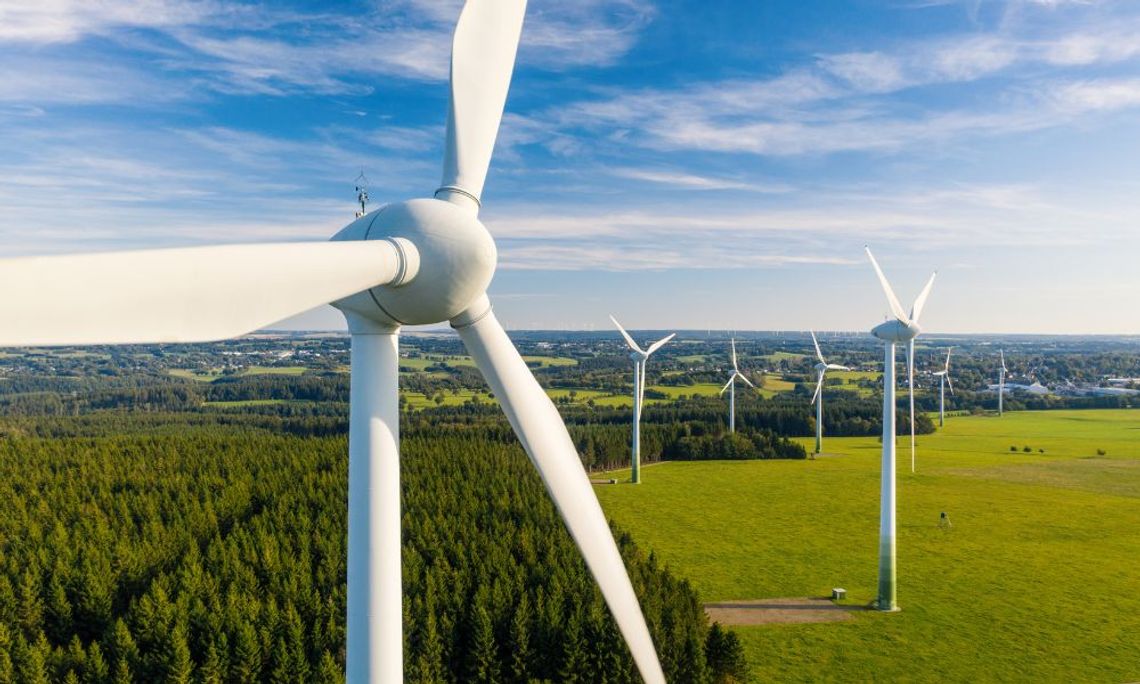Like anything, wind turbines require maintenance. Wind turbines contribute significantly to energy grids across the country. For us to reap the benefits, they must be in good working condition. Following a plan with routine preventative and proactive maintenance can keep them operating efficiently and prolong their lifespans.
The Importance of Maintenance
Renewable energy is rapidly growing, and with the use of wind turbines, it’s more accessible. But these devices require maintenance to ensure they perform at their best.
A poorly maintained and damaged turbine can pose danger to the property they occupy and the people nearby. Inspecting and performing maintenance on all a turbine’s critical functions includes looking at the generators, blades, gearboxes, and bearings. The ball screw assembly helps turbines run efficiently. Performing routine maintenance on these is critical to its performance capabilities.
The Necessary Maintenance Steps
Some machines and devices do not require routine maintenance, but a wind turbine does. These devices experience various weather patterns with extremely damaging conditions. To ensure a wind turbine receives the maintenance necessary for its optimal performance, the following must be included:
- Gearboxes can experience issues after prolonged periods of use. Inspect it for normal signs of wear and tear.
- A bearing can lose lubrication over time, so inspect this element for signs of wear and tear and apply lubrication per your manufacturer’s suggestion.
- A generator is a critical component of a working wind turbine, so ensure it is healthy for production. Generators can experience electrical issues from time to time.
- The blades take on a lot of damage from high sun exposure, corrosion, and temperature fluctuations. Inspect for signs of damage or cracking as this is relatively common on blades.
- Vegetation occurs naturally, so monitor the growth and cut it back when necessary. If the vegetation makes its way into the rotor’s blades, they are at risk of breaking.
- Check and change the oil on a schedule. The oil is a critical component that ensures the gears work well.
Common Parts That Fail
There are also common parts that fail more than other parts. You should be mindful of this when performing routine checks and maintenance. Think about the weather conditions for the area and consider all the factors. If regular maintenance is happening and something still seems off, checking one of these components is vital.
The following parts experience the most damage:
- Bearings
- Blades
- Generator
- Gearbox
The Frequency of Necessary Maintenance
While some wind turbines will require maintenance more than others, they all require inspection and care. There are many factors that weigh on the frequency of maintenance. The include age, location, and energy production. Additionally, there are two primary turbines in use, the vertical axis and the horizontal axis; each requires its own maintenance routine.
- Horizontal axis wind turbine – every six to twelve months
- Vertical axis wind turbine – every 12 to 24 months
Performing routine maintenance on wind turbines is critical to their ability to provide energy. Neglecting care practices could result in a loss in renewable energy.


Comment
Comments